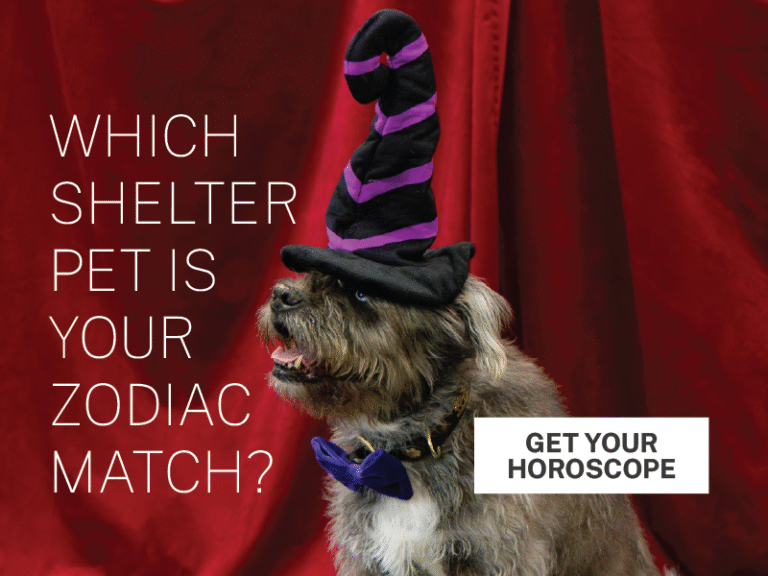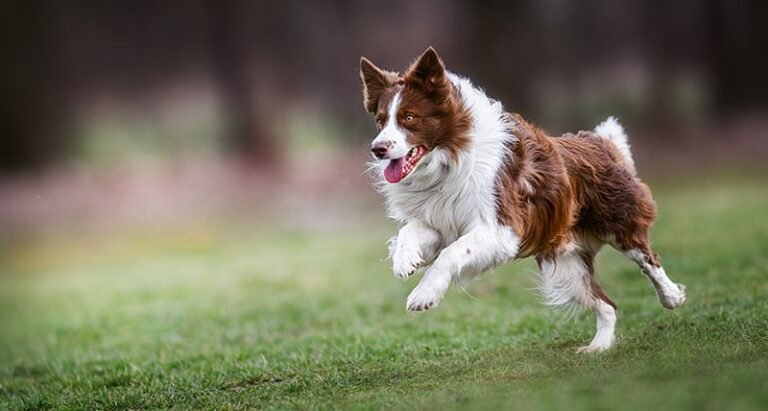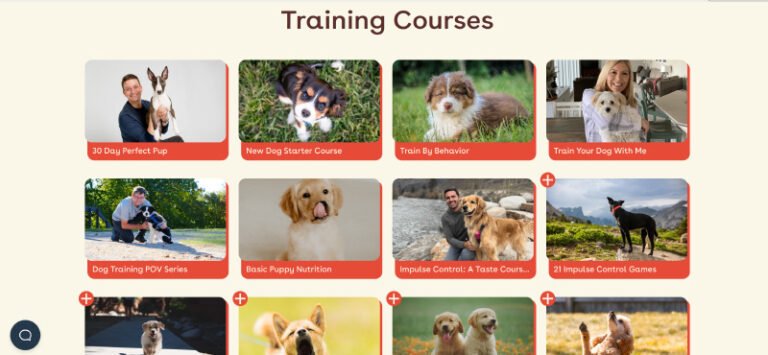What if your furry friend could behave perfectly in a hotel, making your travel experience a breeze? Training your dog to behave well in hotels is not just about good manners; it’s about ensuring both you and your pet have a relaxed and enjoyable stay. With the right strategies, you can transform your pet into a well-mannered traveler.

This image is property of www.dogster.com.
Understanding Dog Behavior
Understanding your dog’s behavior is the first step towards successful training. Every dog has its own personality and quirks. Knowing your pet’s triggers and tendencies will help you prepare better for hotel stays.
Recognizing Individual Needs
Each dog reacts differently to new environments. Some may thrive on adventure while others might feel anxious. Spend time observing your dog’s behavior in various settings, and take note of what makes them comfortable or stressed.
Why Training Matters
Training is an ongoing process that helps you communicate effectively with your dog. Good behavior in unfamiliar environments will enhance your travel experiences together. Moreover, hotel staff and other guests will appreciate a well-behaved canine companion.
Desensitization: Building Confidence Gradually
Desensitization is crucial when preparing your dog for hotel stays. The idea is to gradually expose your dog to new experiences, allowing them to grow more comfortable over time.
How to Desensitize Your Dog
- Introduce New Environments: Start by taking your dog to parks, busy streets, or other new places step by step.
- Use Positive Reinforcement: Reward your dog with treats or praise when they show calm behavior in these settings.
- Gradually Increase Exposure: As your dog becomes more comfortable, increase the complexity of the situations.
Choosing the Right Environment
Select environments that mimic hotel settings as closely as possible. Dog-friendly cafés or pet supply stores can be great starting points, as they often have similar distractions to a hotel lobby.

This image is property of www.dogster.com.
Car Ride Training: Reducing Travel Stress
Getting your dog used to car rides is essential for a stress-free journey to the hotel. If your pet associates car rides with anxiety, the whole trip can become difficult.
Tips for Successful Car Ride Training
- Positive Associations: Introduce your dog to the car gradually, rewarding them with treats for entering.
- Short Trips: Start with short rides, gradually increasing the duration.
- Comfort Items: Bring familiar items such as their bed or toys to make the car a comfortable space.
Safety First
Always ensure your dog is safely secured in the vehicle, whether through a pet seatbelt, carrier, or crate. This not only protects them but also helps prevent distractions while driving.
Practice Trips: Trial Overnight Stays
Conducting practice trips helps you assess how your dog behaves in unfamiliar settings, which can be incredibly beneficial before the actual hotel stay.
How to Organize a Practice Trip
- Choose a Friend’s House: This is less stressful for both you and your dog, allowing you to focus on training.
- Stay Overnight: Mimic your travel conditions by staying overnight and observing how your dog adapts.
- Create Familiar Scenarios: Maintain their routine by bringing their food, toys, and other essentials.
Learn from Practice
Observe any problematic behaviors during the practice trip, such as barking or anxiety. This insight will help you address these issues before your hotel stay.
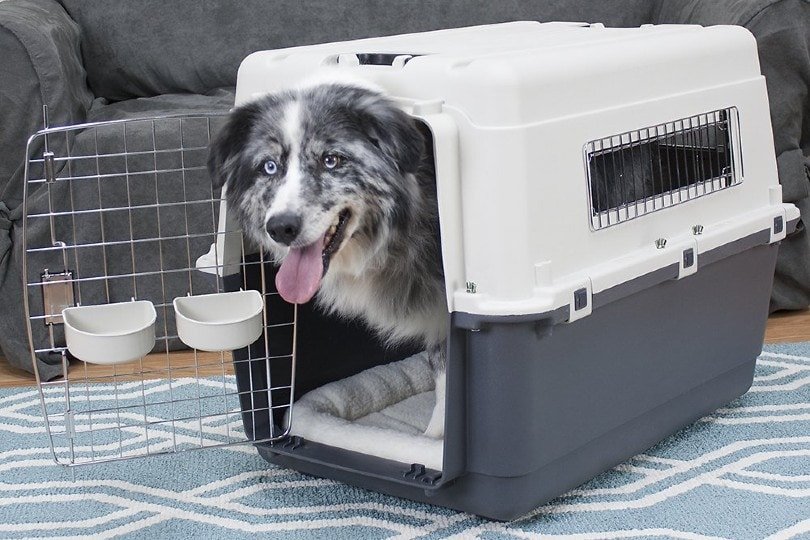
This image is property of www.dogster.com.
Maintaining Routine: Consistency is Key
Dogs thrive on routine, so keeping their everyday schedule as consistent as possible will help ease the transition when traveling.
Stick to Feeding and Walking Times
- Regular Meal Times: Feed your dog at the same times they are used to, ensuring that your travel schedule accommodates this.
- Familiar Walks: Try to maintain similar walk schedules, even if you have to adjust the location.
Bringing Comfort Items
Always pack your dog’s favorite blanket, toy, or bed. Familiar scents can have a calming effect in new environments, helping your dog feel at home.
Plan for Stress: Identifying Triggers
Traveling can introduce new stressors for your dog. Identifying these triggers ahead of time will help you prepare better.
Common Stressors to Watch For
- Loud Noises: Elevators, fire alarms, or other unexpected sounds can be alarming.
- Crowded Areas: Busy lobbies or dining areas might overwhelm your dog.
Distraction Strategies
Bring along toys or treats that can distract your dog in stressful situations. A favorite chew toy or a puzzle feeder can keep your pet engaged and calm.
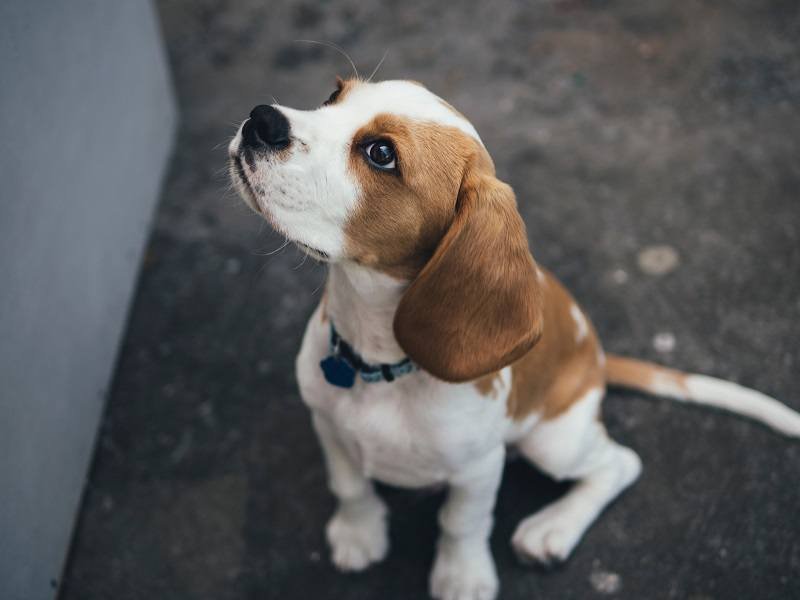
This image is property of www.dogster.com.
Discouraging Bad Behavior
Teaching your dog good manners is essential, but discouraging unwanted behaviors is just as important. The objective is to promote calmness and good manners.
Avoiding Reinforcement
- Ignore Bad Behavior: Don’t give attention when your dog is misbehaving; this can often reinforce unwanted actions.
- Practice Calmness: Reward your dog for being calm rather than reacting to excitement or anxiety.
Positive Reinforcement Techniques
When your dog follows commands or exhibits good behavior, provide praise and rewards. This strengthens your bond and helps them understand what is expected in hotel settings.
Recognizing Stress Signals: Be Attentive
Being aware of your dog’s stress signals can make a significant difference during your travels.
Common Stress Signals
- Panting: Dogs often pant when stressed.
- Pacing: If your dog is pacing, it can indicate unrest or anxiety.
- Whining or Barking: Excessive vocalization can suggest discomfort.
Responding Appropriately
If you notice your dog showing signs of stress, calmly redirect their attention or retreat to a quieter area. It’s important to remain composed so your dog can feel reassured.

This image is property of www.dogster.com.
Teaching Quiet Commands
Training your dog to be quiet when necessary is a valuable command for hotel stays and beyond.
Steps to Teach “Quiet”
- Introduce the Command: When your dog barks, say “quiet” in a calm, firm voice.
- Reward Quiet Behavior: As soon as they stop barking, reward them with a treat.
- Practice Regularly: Consistently practice this command in various situations to reinforce learning.
Positive Reinforcement
Utilize treats and praise every time your dog responds correctly. This will motivate them and make learning enjoyable.
Using Pheromone Diffusers
Pheromone diffusers can create a soothing atmosphere for your dog, helping to reduce anxiety during hotel stays.
What Are Pheromones?
Pheromones are chemical signals that can promote calmness in dogs. Synthetic pheromone diffusers aim to replicate these calming signals.
When to Use Them
- Before Travel: Consider setting up a diffuser in your home during preparations to help your dog relax.
- In the Hotel Room: Bring a portable diffuser to create a comforting environment soon after arriving.
Pre-Travel Preparations: Getting Ready
The key to a successful hotel experience starts with careful pre-travel preparations.
Health Checks
Make sure your dog is healthy and up-to-date on vaccinations. If they have any underlying issues, consult your vet before traveling.
ID Tags and Microchipping
Ensure your dog has proper identification. Check that their ID tags are current, and consider microchipping them for added safety.
Pet-Friendly Accommodations
Before you leave, confirm that your accommodations are pet-friendly. This includes understanding any fees, policies, or restrictions in advance.
Hotel Policies: Do Your Homework
Understanding hotel policies is crucial to avoid surprises when you arrive.
Confirm Pet Policies
Before booking, check with the hotel about their pet policies, including:
- Pet Fees: Some hotels charge additional fees for pets.
- Size or Breed Restrictions: Ensure your dog fits within any size or breed guidelines.
Guidelines for Behavior
Inquire about any specific rules for pets. Some hotels may require pets to be leashed in public areas or specify designated pet areas.
Choosing Locations Wisely
The location of your hotel can significantly impact your dog’s comfort and behavior.
Room Selection Tips
- Easy Access to Outside: Look for rooms on the ground floor or close to exits for easy bathroom breaks.
- Away from High-Traffic Areas: Rooms located far from busy lobbies or elevators can minimize potential stress.
Observing Surroundings
Assess the area around the hotel. Is there a nearby park, or is it a bustling city? Understanding the surroundings helps you prepare for walks and exercise.
Realistic Assessment: Suitability for Hotel Stays
Be honest with yourself about whether your dog is suited for a hotel environment.
Assessing Your Dog’s Temperament
- Nervous or Anxious Dogs: If your dog shows significant anxiety, boarding may be a better option.
- Well-Behaved Canines: For well-trained dogs, hotel stays can be fun and exciting.
Alternatives to Hotel Stays
If you’re unsure of your dog’s ability to adapt, consider pet boarding or staying with dog-friendly friends or family.
General Tips for a Pleasant Stay
To ensure a smooth experience during your hotel stay, follow these general tips.
Pet-Proof Your Room
Before you settle in, check the room for hazards. Ensure dangerous items like cords, trash cans, and small objects are out of reach.
Supervise Your Dog
Keep a close eye on your pet, especially in unfamiliar environments. This not only prevents destruction but also helps you manage any sudden behaviors.
Respect Hotel Rules
Always respect hotel policies regarding pets. This creates a safe and pleasant environment for you, your dog, and other guests.
In conclusion, training your dog for hotel stays involves several strategies that promote comfort and well-adjusted behavior. Ultimately, the goal is to ensure that your travels are enjoyable for both you and your furry friend. With patience and practice, you can cultivate a well-mannered pet who thrives in any setting, including hotels.

